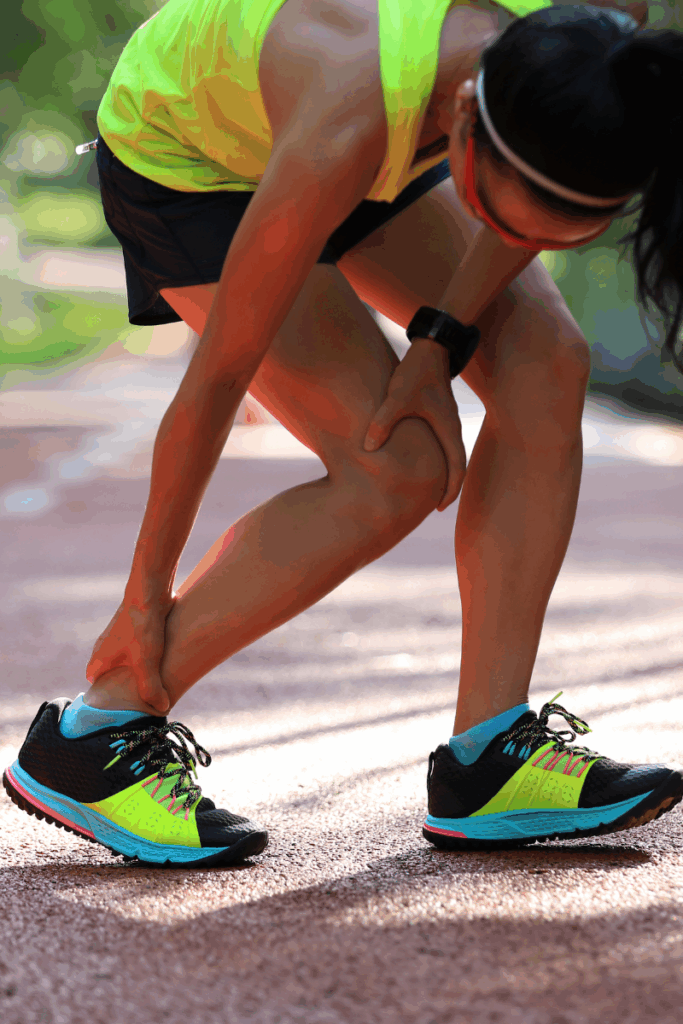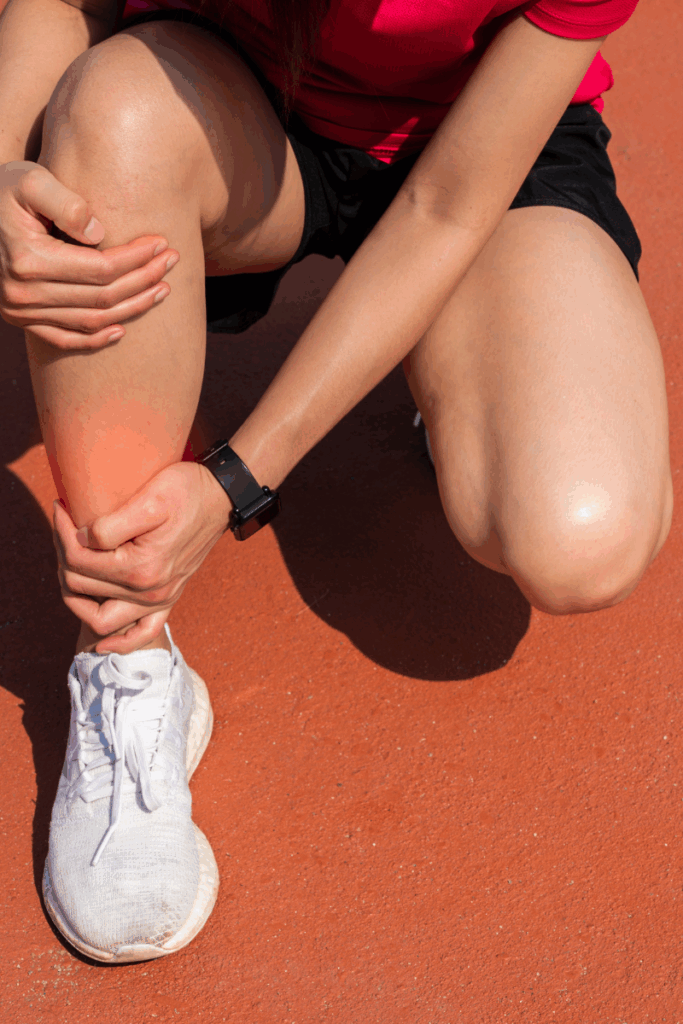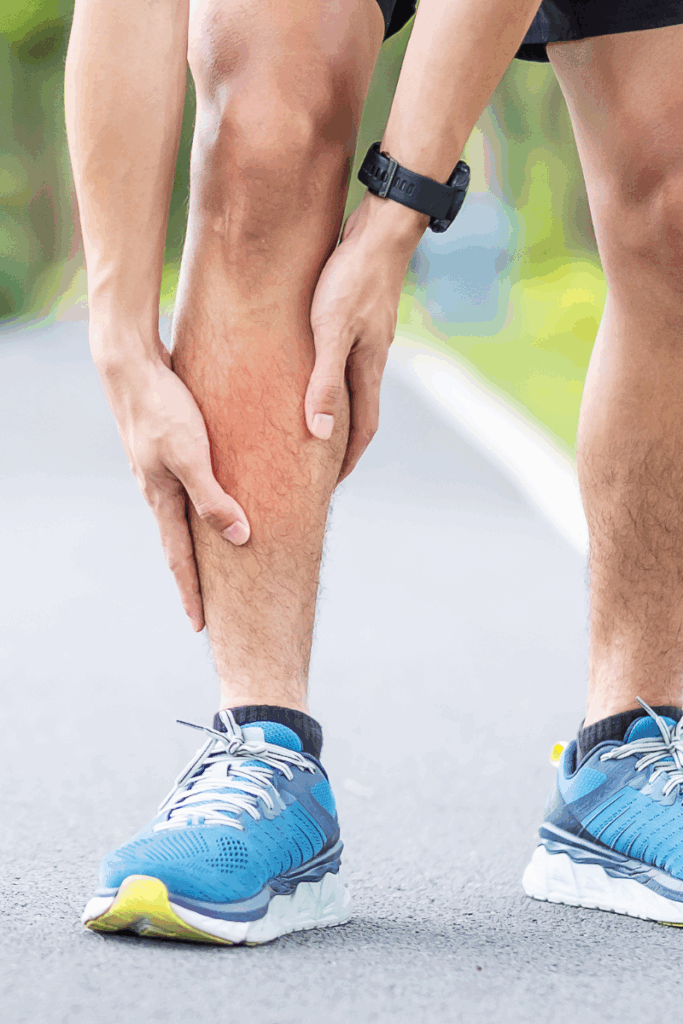How to Prevent Shin Splints During Fall Running Season
Posted by: Reform Physical Therapy in Fall Sports, Healthy Living, Injury Prevention, Physical Therapy Tips, Running & Athletics on September 8, 2025


Fall in Maine is one of the best times to run—the cooler air, changing leaves, and local races make it irresistible to lace up and hit the road. But with the excitement of fall running comes one of the most common injuries: shin splints. If you’ve ever felt a sharp or aching pain along your shins during or after a run, you know how frustrating they can be. The good news? With the right strategies, you can prevent shin splints and enjoy your runs pain-free.
What Are Shin Splints?
Shin splints, or medial tibial stress syndrome, describe pain along the inner edge of the shinbone. They’re usually caused by repetitive stress on the muscles, tendons, and bone tissue around your shin. While runners are the most common sufferers, dancers, athletes in high-impact sports, and even new exercisers can develop them.
Left untreated, shin splints can progress into more serious injuries like stress fractures. That’s why early prevention is key.


Why Shin Splints Happen in the Fall
Fall brings unique challenges for runners in Maine:
- Training Spike: Many athletes ramp up mileage quickly for cross-country or fall races.
- Surface Changes: Switching from summer trails or beach runs to pavement increases impact.
- Footwear Wear & Tear: Running shoes may be worn out after a summer of activity, offering less support.
- Cooler Temperatures: Cold muscles are less flexible, raising injury risk if warm-ups are skipped.
7 Ways to Prevent Shin Splints
- Progress Slowly
Follow the “10% rule”—don’t increase mileage or intensity by more than 10% per week. This gives your muscles and bones time to adapt. - Wear Proper Footwear
Running shoes lose their cushioning after 300–500 miles. If you’re unsure, check the soles for uneven wear or reduced bounce. Consider gait analysis at a specialty store for the best fit. - Warm Up Before Running
Cold muscles are more prone to injury. Do 5–10 minutes of dynamic movements like high knees, butt kicks, or walking lunges before heading out. - Cross-Train
Alternate running with low-impact activities like cycling, swimming, or rowing. This reduces repetitive stress while building endurance. - Strengthen Key Muscles
Target the calves, hips, and core. Exercises like heel raises, bridges, and clamshells help stabilize your legs and absorb shock. - Stretch Post-Run
Gentle static stretches for calves, hamstrings, and quads can relieve tightness and improve flexibility. - Listen to Your Body
Mild soreness is normal when increasing activity, but sharp or lingering pain is not. Rest and seek guidance if discomfort persists.


How Physical Therapy Helps Shin Splints
Physical therapy doesn’t just treat shin splints—it helps prevent them:
- Gait Analysis: Identifying movement patterns that contribute to shin stress.
- Strength & Flexibility Plans: Custom exercises to correct imbalances.
- Footwear Guidance: Recommending shoe types or orthotics when needed.
- Recovery Techniques: Hands-on therapy, taping, or modalities to speed healing.
At Reform PT, we’ve helped countless Maine runners return to the road stronger and safer.
Conclusion
Shin splints don’t have to be part of your fall running story. With smart training, proper footwear, and professional support, you can keep running pain-free.
👉 Schedule a free consultation with Reform PT today and let us help you run your best this season.
